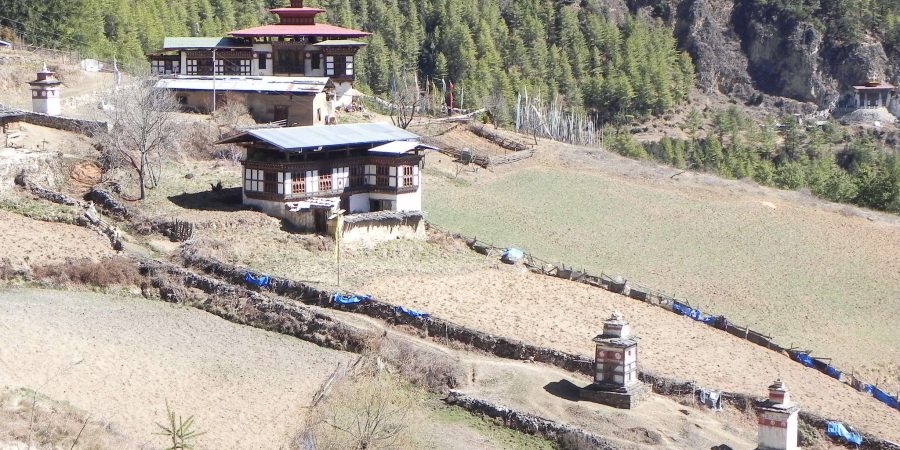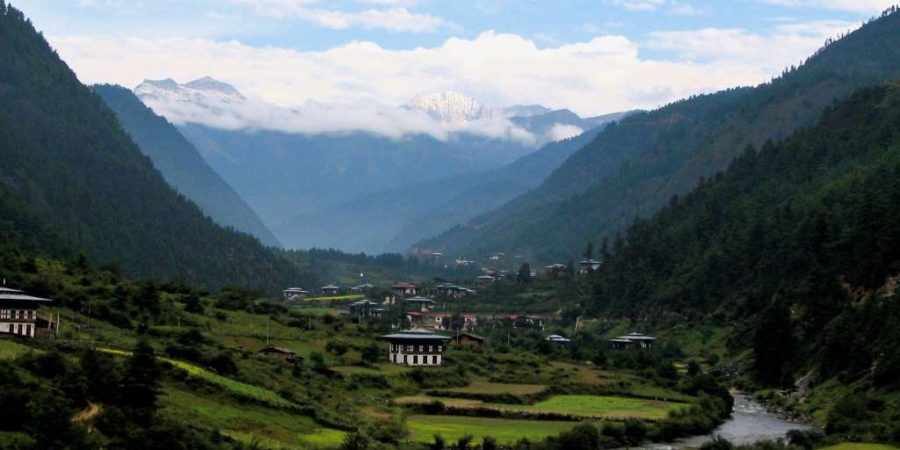Haa is a quaint town in Bhutan, divided into southern and central areas, hosting Indian and Bhutanese military installations, local bazaars, and religious sites like the Lhakhang Kharpo monastery. South of the town are three hills named after the Rigsum Goempo trinity, signifying the valley’s protectors. The scenic northern road leads to various valleys and ends at Damthang, near a Bhutanese army base. The Lhakhang Kharpo houses Haa’s monk body and contains significant statues and ritual artifacts. Nearby, the Lhakhang Nagpo, known for its ancient statue of Jowo Sakyamuni, is one of Haa’s oldest temples. The region is rich in spiritual sites and hiking trails like Shelkar Drak and Meri Phuensum Nature Trail. The annual Haa tsechu and Haa Summer Festival are cultural highlights. Accommodations range from lodges to homestays, offering an insight into the local lifestyle. The valley also has a golf course for leisure activities. For those interested in spiritual and historical sites, there are various temples and hermitages with rich histories and religious significance throughout the area, all surrounded by the beautiful, serene Bhutanese landscape.
Map
Interesting Facts
- Haa Valley is accessible via Bhutan’s highest motorable road, making it conveniently close to Paro.
- It remains one of the less visited areas in Bhutan, offering a tranquil and intimate experience.
- Accommodations primarily consist of boutique farmhouses and homestays rather than larger resorts.
- The valley is filled with ancient temples and magical cliffside hermitages.
- It offers great hiking and trekking opportunities along the Cheli La ridge or up to the Saga La.
- On clear days, visitors can enjoy views of the snow-capped Jhomolhari from the valley.
- The valley showcases a diverse range of flora and fauna due to its varied elevation.
- It has preserved a traditional way of life, giving visitors a glimpse into the local culture and lifestyle.
- Haa Valley hosts unique cultural festivals featuring traditional dance, music, and costumes.
- It is the ancestral home of the Queen Grandmother, Ashi Kesang Wangchuck, adding royal significance to its cultural landscape.
Attractions
No results found.



